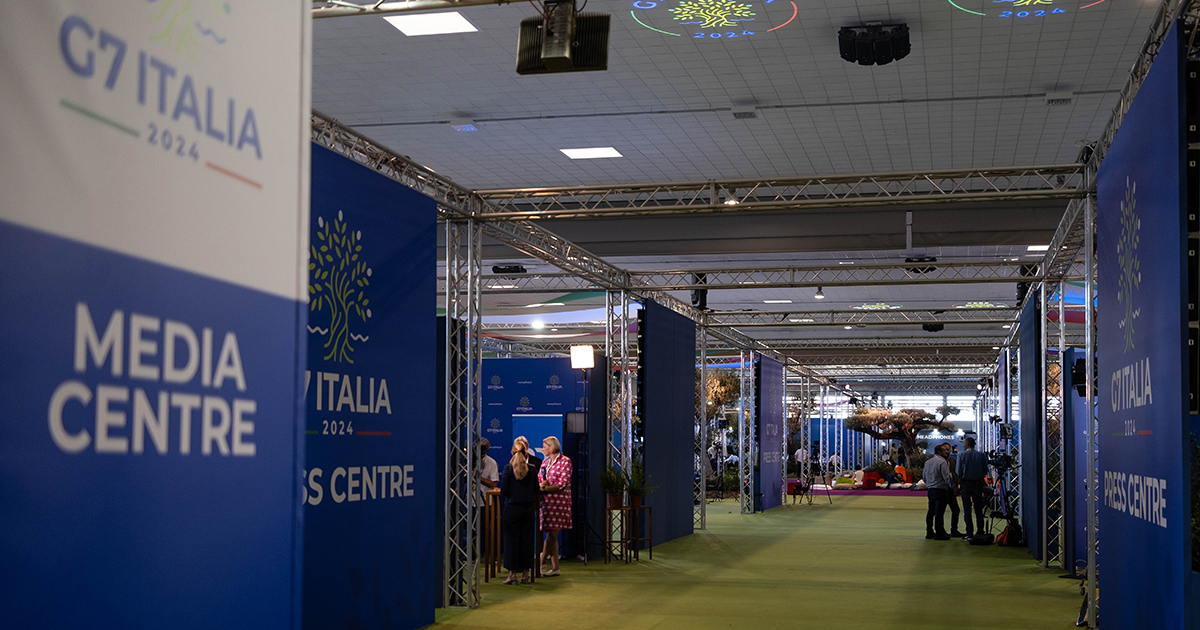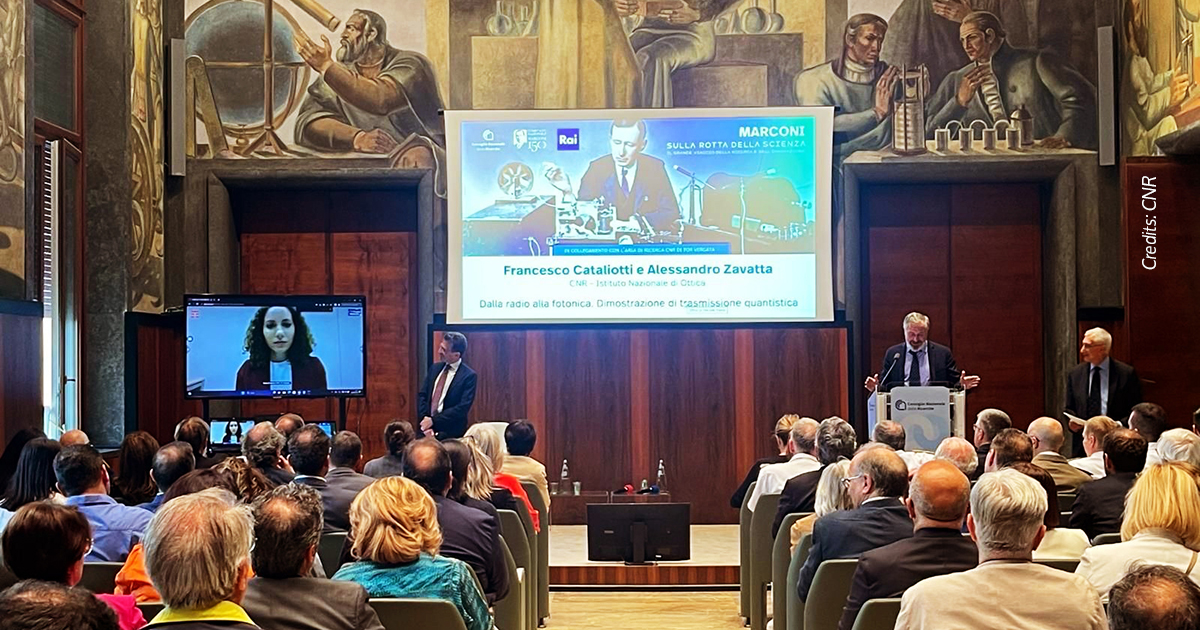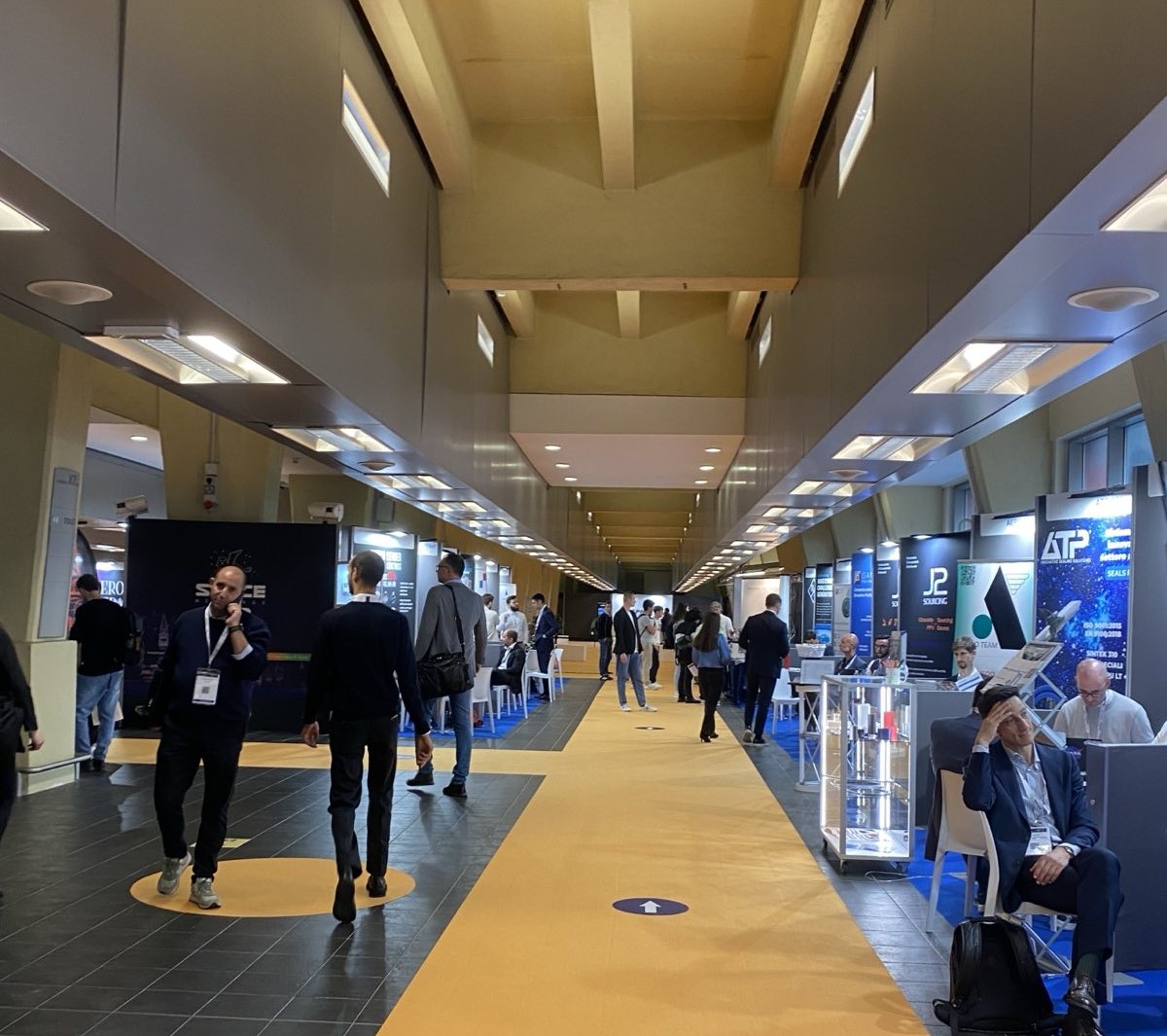The complexity of randomness
Randomness, in general, is a relevant phenomenon, finding application in several different fields, such as gaming, gambling, statistical sampling, simulations, cryptography, and finance.
Classical random number generators, that are originated either from mathematical algorithms, or the evaluation of physical phenomena, are currently the most widely used. Usually, such phenomena are not observed at the quantum level, hence, they typically belong to the domain of classical physics. Typical examples of random behaviours in classical physics are meteorological phenomena or electronic noise.
The problem with these generation processes is that they do not generate truly random numbers. Indeed, algorithms implemented directly on computers are deterministic: for this reason, the resulting sequences of numbers are called pseudo-random. Moreover, classical physics phenomena that exhibit randomness are generally not assumed to be a real source of randomness: they have at most a chaotic dynamics, that is again deterministic, although computationally hard to predict.
Therefore, researchers and companies have recently vastly investigated and developed random number generators based on quantum mechanics, whose foundations are directly built on probability (for the opportunities opened by the Second Quantum Revolution, rea our article here). These random number generators are called Quantum Random Number Generators (QRNGs).
Differently from what the intuition could suggest, there is still not a uniformly accepted definition of randomness at the mathematical level. There exist several necessary conditions that a sequence of numbers must satisfy to be considered non-deterministic, but these conditions are not sufficient to claim that the sequence is actually random. The number of statistical protocols to test true randomness should be infinite and therefore impractical. Consequently, it is a hard task to certify true randomness from a practical point of view. For example, several Pseudo Random Number Generators can overcome advanced batteries of tests (such as NIST Statistical Test Suite and DIEHARDER Test Suite), even if these generators are not True Random Number Generators. Vice versa, the postprocessing of quantum-random-generated raw data may suffer from classical biases, which can result into a failure of statistical tests. In general, nowadays and especially in security applications, in which true randomness is a fundamental assumption, Quantum Random Number Generators are required due to their intrinsic randomness, founded on the laws of quantum physics.
Quantum randomness
Quantum random number generators rely on quantum mechanics, which is intrinsically probabilistic. In other words, in quantum mechanics there is no certainty, for a physical system, to be in an assigned state.
The evolution of a quantum particle is described by the Schrödinger equation. However, compared to classical physics, the Schrödinger equation models the wave function of the particle under investigation, instead of modelling its position.
The wave function is associated “only” with the probability of detecting the quantum particle in a certain region of space. This postulate naturally introduces the concept of randomness in quantum mechanics.
In the past century, some popular theories tried to reject such a feature of intrinsic randomness of the quantum realm, by supporting the idea that the theory of quantum physics was incomplete. For instance, by sustaining the presence of some hidden variables in quantum mechanics. These ideas were later disproven by the physicist John Bell, who proved instead the incompatibility between a theory of hidden variables and some predictions given by quantum mechanics. This confirmed what was difficult to digest, namely a new indeterministic paradigm.
Later, numerous experiments supported the inherent randomness of quantum mechanics, like the ones devised by the Nobel prize Alain Aspect in the 70s and 80s.
Quantum random number generators
But how do QRNGs work?
Quantum states are represented as a combination of measurement states. This means that, when observing a generic quantum state, there is a certain probability to obtain each one of the states that are involved in the mathematical superposition. In other words, when a quantum mechanical state is measured, it randomly collapses in just one of the states that were originally representing the “superposed” state.
The most basic types of QRNGs exploit this peculiar property of quantum mechanics to generate random numbers. More precisely, if a “superposed” state is prepared such that it has equal probability to be in the first and in the second state of the superposition, and a physical measure is performed on the system, then the output of this process is the same output of a fair coin.
There is an enormous amount of QRNGs originated from different quantum phenomena. Among the physical phenomena that are currently investigated to generate quantum randomness, there is the electrical shot noise that naturally originates in diode and resistors. Filp flops (which are electronic memories) are other tools, in the field between electronics and quantum mechanics, that can generate true random outputs.
Other areas of physics have been explored, such as quantum optics, which exploits the properties of light at the single-photon level, and which is vastly used in the generation of random numbers.
One example of setup in this contest consists of a laser source focused on a beam splitter and a couple of detectors.
Another setup to generate random numbers measures the photon’s time of arrival to a detector. In this case, the probability that a photon hits the detector at a certain instant of time is successfully modelled by a Poisson distribution. In order to create a sequence of bits from this physical process, it is necessary to divide the area under the curve of the distribution in an arbitrary number of areas of equal size. Then, every time-interval (the basis of each area of equal size) is associated to a sequence of zeroes and ones. The procedure provides a sequence of bits, assuring that the bits are uniformly randomly generated.
It is also possible to combine spatial distributions (like in the first example, where a superposed state passes through a beam splitter) and temporal distributions (like in the last example, where it is exploited the photon’s time of arrival).
Another common technique in quantum optics consists of extracting the quadratures of the vacuum state with a setup given by a homodyne with two inputs, which are generally a local oscillator and the vacuum. The quadratures are modelled by a Gaussian distribution, that can be post-processed as in the previous Poissonian case to generate random sequences.
In addition, some QRNGs are based on the physical interaction between light and matter at the quantum level, by exploiting intrinsically random phenomena such as spontaneous emission of radiation.
Bibliography
- Miguel Herrero-Collantes and Juan Carlos Garcia-Escartin. “Quantum random generators”, Rev. Mod. Phys. 89, (2017)
- Gennaro R. “Randomness in cryptography”, IEEE Secur Priv. (2006)
- Ma X, Yuan X, Cao Z, et al. “Quantum random number generation”, npj Quantum Information. (2016)
- Sys, M., Riha, Z., Matyas, V., Marton, K. & Suciu, A. “On the interpretation of results from the nist statistical test suite”. Roman. J. Inf. Sci. Technol. (2015).
- Compagner, Aaldert. “Definitions of randomness”, American Journal of Physics 59, 700 (1991).
Authors
Pietro Locatelli
Claudia De Lazzari
Ilaria Vagniluca



